Are you looking to elevate your home and maximize its value with practical yet effective household improvement tips? Whether you’re aiming for a quick refresh or a full-scale renovation, this guide offers expert advice and actionable strategies to transform your space into a haven of functionality and beauty. From small home improvement ideas to ambitious remodel projects, we’ve got you covered. Discover how simple changes can make a big impact, including top tips for enhancing both curb appeal and interior comfort. Let’s explore how you can achieve a home that not only looks better but also increases in value. With DIY home improvement tricks and expert insights, your dream home is closer than you think.
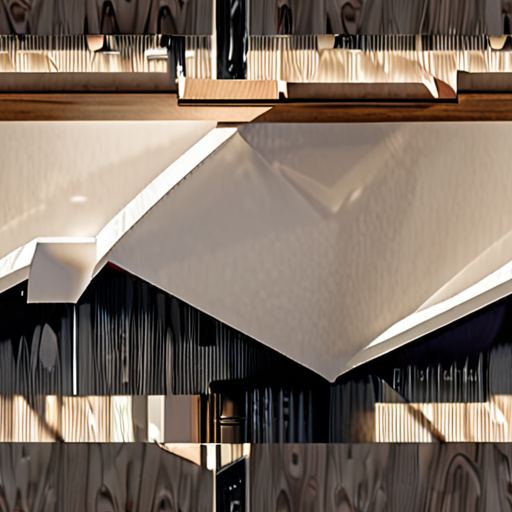
What is the 30 Rule in Home Renovation?
The 30 rule in home renovation is a financial guideline that recommends homeowners spend no more than 30% of their home’s current value on renovations. This principle helps ensure that renovation costs remain manageable and align with the property’s value.
This rule is often followed because it allows homeowners to invest in improvements without exceeding their equity. Typically, this percentage is calculated based on the home’s appraised value, ensuring that the investment stays within a comfortable risk level.
Factors Influencing the 30 Rule
- Renovation Scope: The size and complexity of the project determine the budget. Larger projects may require a higher percentage allocation.
- Home Condition: Properties in better condition may have stricter adherence to the 30% rule due to potential depreciation risks.
- Equity Position: Homeowners with significant equity may feel more comfortable allocating a larger portion of their home’s value to renovations.
Examples of Applying the 30 Rule
– If your home is valued at $300,000 with 10% equity ($30,000), you could safely spend up to $90,000 on renovations.- For a smaller-scale project, say a $50,000 home with 5% equity ($2,500), a $15,000 kitchen remodel fits well within the 30% threshold.
Considerations for the 30 Rule
– Professional Appraisal:Always obtain a professional appraisal to determine your home’s current value.- Prioritize Repairs:Address essential issues first to maximize ROI and ensure safety.- Long-Term Investment:Renovations that increase property value, such as energy-efficient upgrades or modernization, often justify higher allocations.By adhering to the 30 rule, homeowners can balance their renovation budgets wisely while protecting their home’s equity. For more insights and renovation tips, explore resources like Zillowor HGTV.
Is 20,000 Enough to Remodel a House?
A $20,000 budget can certainly be sufficient for a well-planned home remodel, particularly if you focus on key areas that offer the most impact for the lowest cost. Here’s a breakdown of how you can achieve a successful remodel within this budget:
- Kitchen Upgrade: Replace outdated countertops with mid-range materials, refresh cabinetry, and update appliances. This can typically cost between $10,000 to $15,000.
- Bathroom Refresh: Renovate one bathroom, focusing on essential upgrades like a new shower, tile installation, and modern fixtures. This can range from $5,000 to $10,000.
- Flooring Replacement: Install new flooring in high-traffic areas such as living rooms and kitchens. Using budget-friendly materials like laminate or vinyl can keep costs around $4,000 to $8,000.
- Paint and Finishes: Freshen up walls and trim with a new coat of paint and replace outdated light fixtures. This can add significant curb appeal without breaking the bank.
- Landscaping and Curbside Appeal: Enhance your home’s exterior appearance with new plants, mulch, and perhaps a small patio or walkway. This can add value and charm without major structural changes.
To maximize your remodel within the $20,000 budget, prioritize functional and aesthetic improvements that deliver the highest return on investment. Consider combining several smaller projects rather than focusing on a single large-scale renovation. With careful planning and execution, you can achieve a transformed space that feels fresh, modern, and inviting.

Is 50,000 Enough to Renovate a House?
The amount required to renovate a house significantly varies based on several factors:
- House Size: Smaller homes typically require less budget, while larger houses may demand more.
- Condition of the House: Better maintained homes generally cost less to renovate.
- Renovation Scope: Extensive projects like kitchen and bathroom remodels, flooring, and additions can quickly escalate costs.
- Labor Costs: Local labor rates and whether you hire professionals impact the total expense.
- Materials: Using high-quality materials can increase the overall budget.
A basic renovation for a small to medium-sized house might range between $10,000 to $30,000. However, a full gut renovation aimed at modernizing all areas could easily surpass $50,000. The exact cost ultimately depends on your renovation goals and the size of your property.
For a precise estimate, consider consulting with a trusted contractor or obtaining a detailed bid from a professional service provider.
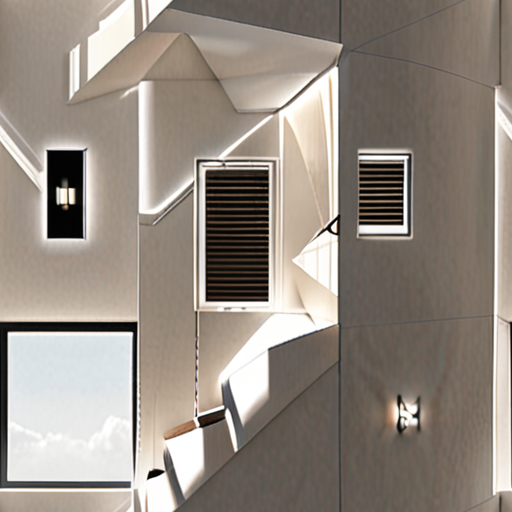
How to Increase Home Value by $50,000
To increase your home’s value by $50,000, consider a combination of impactful renovations and thoughtful improvements that align with current market demands. Here’s a structured approach:### 1. Kitchen Renovation- **Appliance Upgrade**: Replace outdated appliances with energy-efficient models to enhance functionality and appeal.- **Cabinetry and Countertops**: Update cabinetry and install durable, aesthetically pleasing countertops.- **Cost Range**: $10,000 – $30,000### 2. Bathroom Transformation- **Modernization**: Install modern fixtures, tile, and possibly a spa-like shower.- **Cost Range**: $15,000 – $40,000### 3. Flooring Installation- **Hardwood or Tile Floors**: Opt for durable materials that add aesthetic value.- **Cost Range**: $15,000 – $25,000### 4. Outdoor Enhancements- **Deck or Patio Addition**: Create functional outdoor spaces with a well-designed layout.- **Cost Range**: $20,000 – $35,000### 5. Landscaping- **Professional Design**: Implement a landscape plan that enhances curb appeal.- **Cost Range**: $10,000 – $30,000### 6. Energy Efficiency Upgrades- **Solar Panels**: Reduce utility costs and attract eco-conscious buyers.- **Energy-Efficient Windows**: Improve insulation and aesthetics.- **Cost Range (Solar Panels)**: $20,000 – $50,000 – **Cost Range (Windows)**: $8,000 – $15,000### 7. Smart Home Integration- **Home Automation Systems**: Integrate smart technologies for convenience and appeal.- **Cost Range**: $5,000 – $50,000### 8. Fencing- **Quality Materials**: Enhance privacy and safety with a well-built fence.- **Cost Range**: $10,000 – $30,000### 9. Bigger Projects- **Pool Installation**: Add recreational value and increase appeal.- **Garage Remodel**: Modernize and improve functionality.- **Cost Range (Pool)**: $40,000 – $80,000 – **Cost Range (Garage)**: $15,000 – $30,000### 10. Smaller Touches- **Exterior Painting**: Refresh the home’s appearance.- **Yard Improvements**: Plant trees and enhance green spaces.- **Cost Range (Painting)**: $5,000 – $15,000 – **Cost Range (Trees)**: $10,000 – $20,000### Strategic Planning- **Budget Allocation**: Consider combining smaller projects to reach the $50,000 target without overspending.- **Market Research**: Tailor renovations to meet local demand and maximize ROI.By prioritizing renovations that offer the highest return on investment and consulting with professionals, you can effectively enhance your home’s value.
What Adds the Biggest Value to a House?
Several factors can significantly enhance the value of a house, each contributing uniquely to its appeal and marketability. Here’s a breakdown of the key elements:
- Kitchen Renovations : Upgrading the kitchen with high-end appliances, modern cabinetry, and premium countertops can yield substantial returns. Stainless steel or quartz countertops, along with energy-efficient appliances, often attract higher offers.
- Bathroom Updates : Similarly, bathroom remodels, particularly master baths, can add considerable value. Features like heated floors, walk-in showers, and spa-like fixtures enhance functionality and luxury.
- Landscaping : A well-designed and maintained outdoor space, including a lush lawn, beautiful gardens, and strategic hardscaping, can significantly boost curb appeal and overall property value.
- Smart Home Technology : Integrating smart home systems such as automated lighting, security cameras, and energy-efficient HVAC units can modernize the home and appeal to tech-savvy buyers.
- Energy Efficiency : Installing solar panels, energy-efficient windows, and insulation can reduce utility costs and attract environmentally conscious buyers, thereby increasing the home’s value.
- Yard Size and Amenities : Expanding the yard or adding functional outdoor spaces like patios, decks, or outdoor kitchens can offer valuable additional living areas.
- Interior Design : A modern, open layout with a cohesive color scheme and stylish furniture can make the home feel more inviting and increase its visual appeal.
- Storage Solutions : Incorporating built-in cabinets, shelves, and pantries can enhance functionality and organizational aspects, which are highly valued by buyers.
- Curb Appeal : First impressions matter. A fresh coat of paint, a new front door, and neatly manicured landscaping can instantly elevate the home’s curb appeal and perceived value.
Additionally, considering the location and competitive edge in the local real estate market is crucial. Enhancing unique features or adding custom touches can set your home apart from others, further maximizing its value.

Is 50,000 Enough to Buy a House?
To determine if a $50,000 salary is sufficient to purchase a home, consider the following factors:1. **Income-Based Guidelines**: – The traditional “25% rule” suggests spending no more than 25% of your income on housing. – With a $50,000 annual income, this allows for a maximum of $12,500 per month on housing expenses. 2. **Additional Costs**: – **Closing Costs**: Typically range from 2-5% of the home’s purchase price. – **Property Taxes**: Vary by location, often 1-2% annually. – **Maintenance and Utilities**: Average $1,000-$2,000 yearly. – **Insurance**: Monthly premiums can range from $100-$300. 3. **Interest Rates**: Current rates around 5-6% affect monthly mortgage payments and affordability. Rising rates may strain your budget. 4. **Geographic Location**: Cost of living and property prices differ widely. Affordable regions may allow more flexibility within your income. 5. **House Type**: Smaller, older homes typically require less upfront cost and lower maintenance compared to larger, newer properties. 6. **Down Payment**: Aim for a 20% down payment to reduce monthly mortgage burdens and loan terms. In conclusion, while a $50,000 income may suffice, careful consideration of location, property type, and financial planning is essential to ensure long-term affordability and comfort.
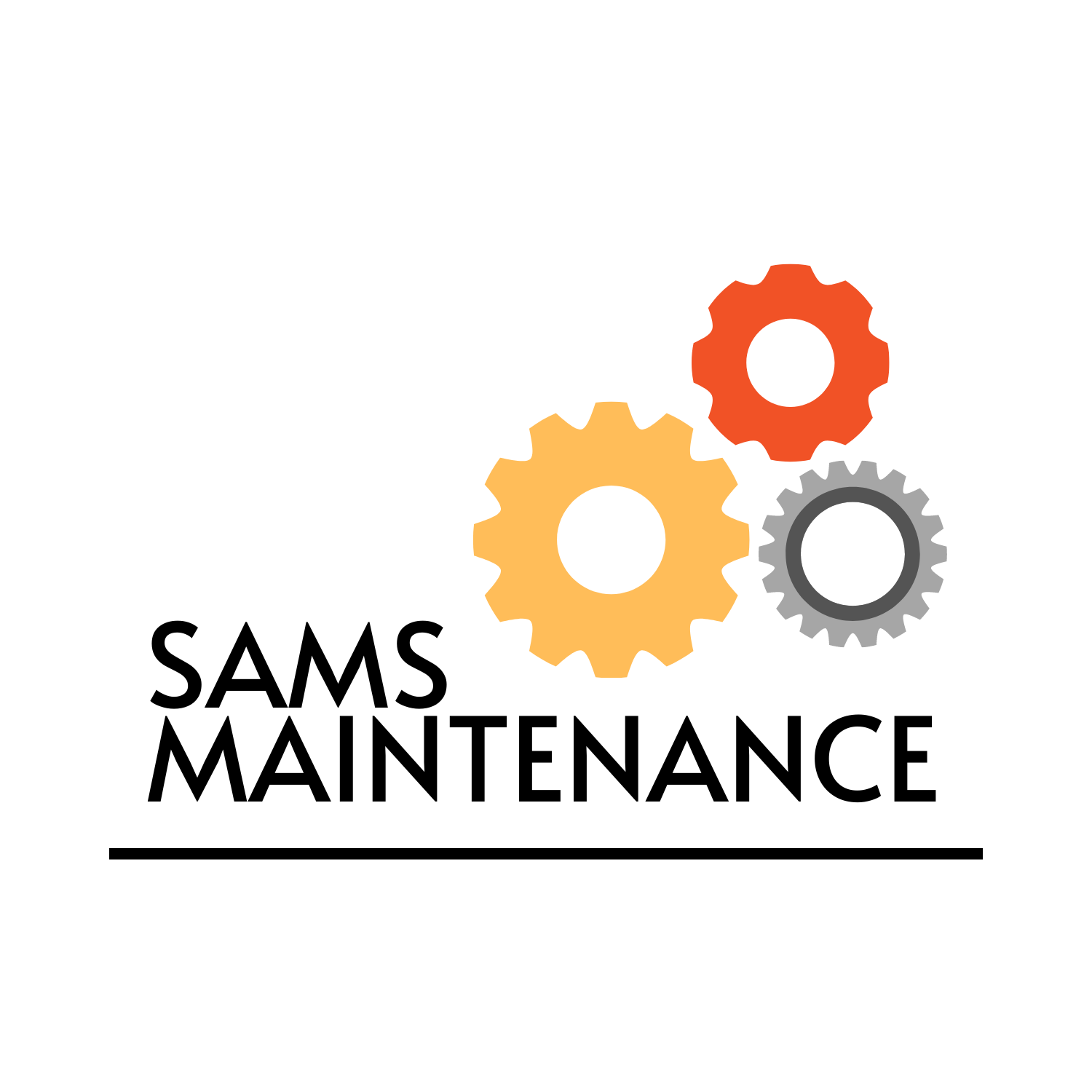
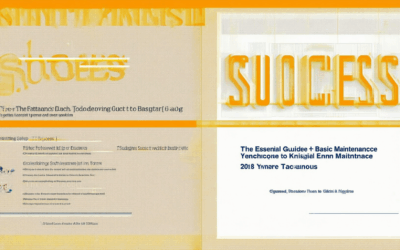
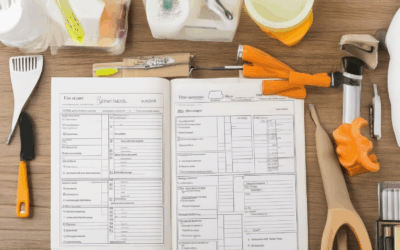

0 Comments